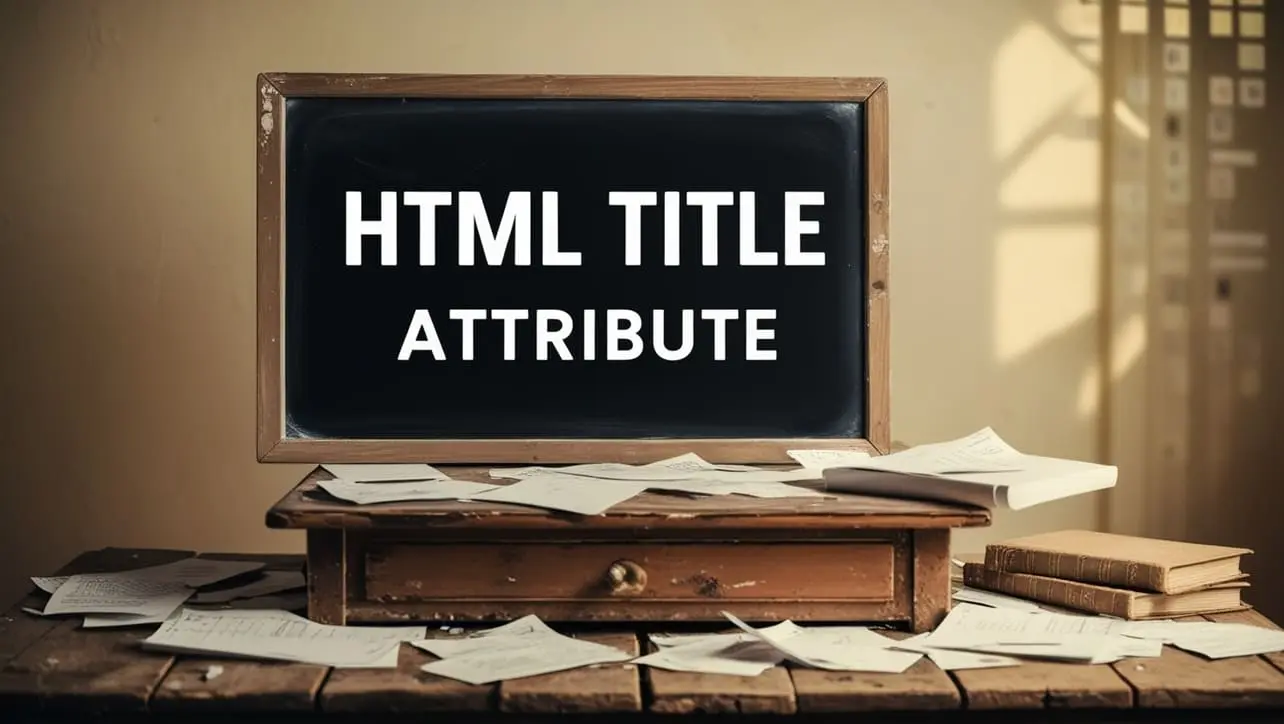
HTML Topics
- HTML Intro
- HTML Basic
- HTML Editors
- HTML CSS
- HTML Tags
- HTML Deprecated Tags
- HTML Events
- HTML Event Attributes
- HTML Global Attributes
- HTML Attributes
- abbr
- accept
- accept-charset
- accesskey
- action
- align
- alt
- archive
- as
- async
- autocapitalize
- autocomplete
- autofocus
- autoplay
- axis
- bgcolor
- border
- cellpadding
- cellspacing
- char
- charoff
- charset
- checked
- cite
- class
- classid
- codebase
- codetype
- color
- cols
- colspan
- compact
- content
- contenteditable
- controls
- coords
- crossorigin
- data
- data-*
- datetime
- declare
- default
- defer
- dir
- dirname
- disabled
- download
- draggable
- enctype
- enterkeyhint
- for
- form
- formaction
- formenctype
- formmethod
- formnovalidate
- formtarget
- frame
- frameborder
- frameset
- headers
- height
- hidden
- high
- href
- hreflang
- hspace
- http-equiv
- id
- inert
- inputmode
- ismap
- kind
- label
- lang
- list
- loop
- low
- max
- maxlength
- media
- method
- min
- multiple
- muted
- name
- novalidate
- onabort
- onafterprint
- onbeforeprint
- onbeforeunload
- onblur
- oncanplay
- oncanplaythrough
- onchange
- onclick
- oncontextmenu
- oncopy
- oncuechange
- oncut
- ondblclick
- ondrag
- ondragend
- ondragenter
- ondragleave
- ondragover
- ondragstart
- ondrop
- ondurationchange
- onemptied
- onended
- onerror
- onfocus
- onhashchange
- oninput
- oninvalid
- onkeydown
- onkeypress
- onkeyup
- onload
- onloadeddata
- onloadedmetadata
- onloadstart
- onmousedown
- onmousemove
- onmouseout
- onmouseover
- onmouseup
- onmousewheel
- onoffline
- ononline
- onpagehide
- onpageshow
- onpaste
- onpause
- onplay
- onplaying
- onpopstate
- onprogress
- onratechange
- onreset
- onresize
- onscroll
- onsearch
- onseeked
- onseeking
- onselect
- onstalled
- onstorage
- onsubmit
- onsuspend
- ontimeupdate
- ontoggle
- onunload
- onvolumechange
- onwaiting
- onwheel
- open
- optimum
- pattern
- placeholder
- popover
- popovertarget
- popovertargetaction
- poster
- preload
- readonly
- rel
- required
- reversed
- rows
- rowspan
- sandbox
- scope
- selected
- shape
- size
- sizes
- span
- spellcheck
- src
- srcdoc
- srclang
- srcset
- start
- step
- style
- tabindex
- target
- title
- translate
- type
- usemap
- value
- width
- wrap
- HTML Comments
- HTML Entity
- HTML Head
- HTML Form
- HTML IndexedDB
- HTML Drag & Drop
- HTML Geolocation
- HTML Canvas
- HTML Status Code
- HTML Language Code
- HTML Country Code
- HTML Charset
- MIME Types
HTML title Attribute

Photo Credit to CodeToFun
🙋 Introduction
The title attribute is a fundamental feature in HTML that allows developers to provide additional information about an element.
This attribute is applied to various HTML elements, most commonly to enhance the accessibility and user experience of links and images.
🎯 Purpose of title
The primary purpose of the title attribute is to offer supplementary information that is displayed when a user hovers over the element.
This information is typically presented in a tooltip, providing users with more context about the content or purpose of the element.
💎 Values
The title attribute does not have a wide range of values like some other attributes. Instead, it primarily accepts a string as its value.
This string can be any text that you want to display as a tooltip when a user interacts with the element.
📄 Example
Let's look at a simple example of how to use the title attribute with a paragraph element:
<p title="This is a tooltip message when you hover over this paragraph.">
This is a paragraph with a title attribute.
</p>🧠 How it Works
In this example, the title attribute is added to a paragraph element, providing a tooltip message that will be displayed when the user hovers over the paragraph.
🔄 Dynamic Values with JavaScript
Similar to other attributes, you can dynamically set the title attribute using JavaScript.
This is particularly useful when you want to update the tooltip based on dynamic content or user interactions. Here's an example:
<script>
// Dynamically set title for a paragraph
document.getElementById("dynamicParagraph").title = "Updated tooltip message.";
</script>
<p id="dynamicParagraph">
This paragraph will have a dynamically set title attribute.
</p>🧠 How it Works
In this script, the title attribute for a paragraph with the id dynamicParagraph is dynamically set to a new message. This can be beneficial when you need to change the tooltip content dynamically.
🏆 Best Practices
- Use the
titleattribute to provide concise and relevant information about the element, enhancing the user's understanding of its purpose. - Avoid excessive or lengthy tooltip messages, as they may become intrusive or overwhelming for users.
- Test the tooltip behavior across different browsers to ensure a consistent user experience.
🎉 Conclusion
The title attribute is a valuable tool for improving the accessibility and user experience of HTML elements.
By strategically applying this attribute, you can offer users additional information without cluttering the visible content of your web page.
👨💻 Join our Community:
Author

For over eight years, I worked as a full-stack web developer. Now, I have chosen my profession as a full-time blogger at codetofun.com.
Buy me a coffee to make codetofun.com free for everyone.
Buy me a Coffee












If you have any doubts regarding this article (HTML title Attribute), please comment here. I will help you immediately.